The launch of a charter to help make workplaces safer for employers and employees is being supported by the ACS (the Association of Convenience Stores).
Launched on National Personal Safety Day (7 November) ‘Suzy’s Charter for Workplace Safety’ was developed to help identify and mitigate personal safety risks in the workplace.
The Suzy Lamplugh Trust has worked with ACS and a wide variety of organisations over the last year including unions, large and small businesses as well as the police and employees to develop the details of the charter.
ACS chief executive James Lowman: “Convenience retailers are committed to ensuring the safety of their staff and have invested millions in crime prevention measures to protect their store and colleagues. We are proud to have collaborated on the development of the charter, which will be a useful tool for retailers when thinking about the steps they can take to minimise risks and ensure that their staff feel safe and supported.
“Retailers cannot tackle the problem of violence and abuse alone, they need to be supported by intervention from the government, police and the justice system to tackle the root causes of offending, ensure that appropriate deterrents are in place and that perpetrators are brought to justice.”
Suky Bhaker, acting CEO of the Suzy Lamplugh Trust, said: “It is unacceptable that anyone should face violence and aggression in any form while at work. We hope this charter will help employees and employers create safer workplaces and we would encourage all organisations to work through the charter a step at a time to make these important changes. Suzy Lamplugh Trust is ready to assist any organisation in the implementation of Suzy’s Charter.”
The charter consists of eight key steps:
1. embed a workplace personal safety culture;
2. implement robust risk assessments;
3. provide robust reporting procedures;
4. provide personal safety training;
5. implement a tracing system;
6. have a system in place for colleagues to covertly raise the alarm;
7. offer staff a personal safety alarm according to their risk assessment; and
8. regularly consult on and review safety policies and procedures with employees.





















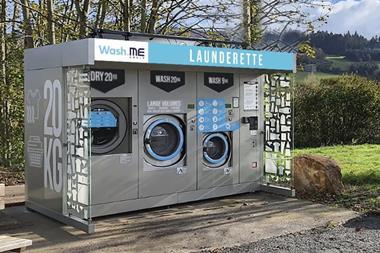

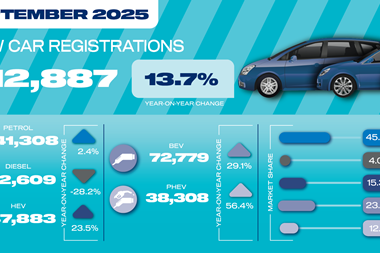
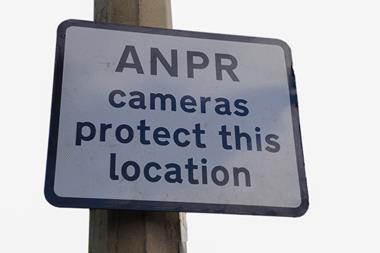
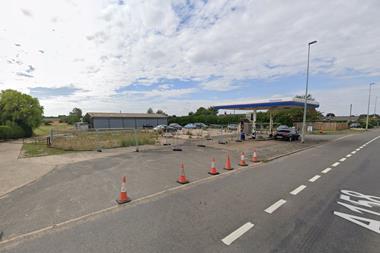
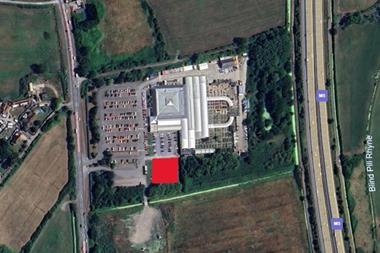





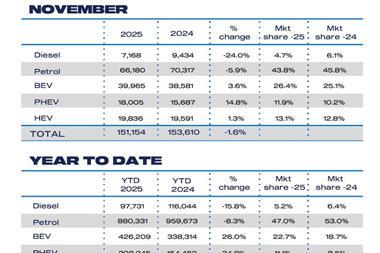
No comments yet